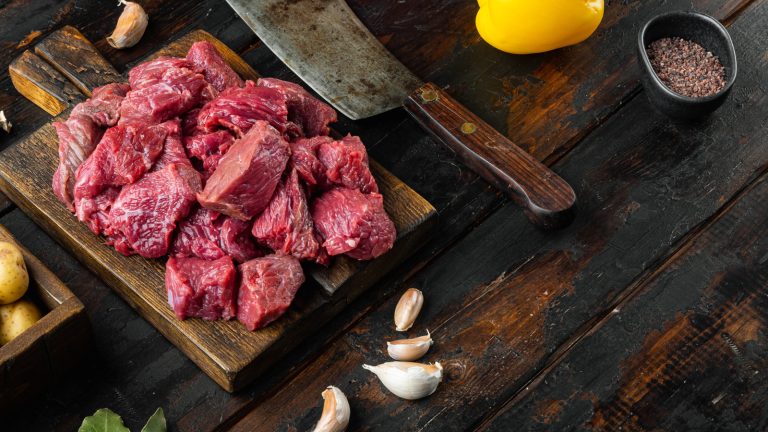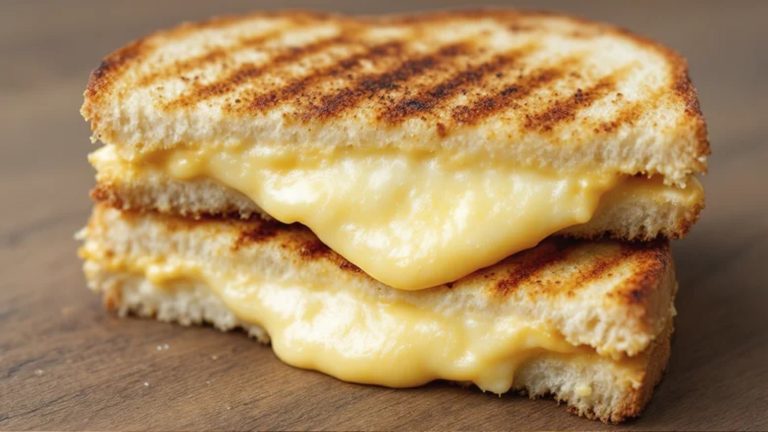Unless you’ve been living under a rock, you know what it means to cook a blue steak. The barely-done beef takes its name from its blueish tinge, although you wouldn’t know it, as the meat stealthily turns red with oxygen exposure. The steak is an acquired taste, lightly seared for just a minute per side. And given its unique characteristics, it unsurprisingly requires a careful selection of beef for the best results. So, how do you find a cut to fit the bill? It’s simple — look for lean beef.
Forget anything with excessive marbling; that 60-second sear time provides no hope for it to melt.Instead, purchase a cut with little to no fat (think tenderloin rather than ribeye). Tenderness is equally important, too. Getting a tender finish is challenging when you’re only searing steak for a short time as the best results usually come from methods like slow cooking. Obviously, that’s out the window, so the most effective alternative is finding a naturally tender yet lean beef. Success hinges on that all-important choice of cut.
How to pick lean beef cuts
Not all cuts of beef can pull off blue steak. Picking lean and tender cuts is the way to go, but identifying these qualities is another issue. How do you pick a lean beef cut? What are the telltale signs? It’s worth keeping a rough breakdown of different cuts handy (here’s your guide to different cuts of steak). Memorizing the traditionally leaner types — like tenderloin and flat iron — is a great starting point. However, you should also learn grading system buzzwords. Stay away from anything graded as “Prime,” since these are commonly fattier. Cuts awarded “Select” or “Choice” labels are better for a blue steak.
Never underestimate the role that breeding can play, either. Take Angus vs Hereford; what’s the difference in beef breeds? Since Angus is famed for its marbling, the leaner Hereford beef is a better option. Similarly, Charolais and Gelbvieh cattle are particularly renowned for lean meat. Little pockets of knowledge can really inform your purchase.
Lastly, don’t be afraid to use your eyes and on-the-spot judgment. Ultimately, some cuts are visually fattier than others. Teach yourself to evaluate marbling, carefully analyzing the swirling white marks to see which packet of beef to pick. The leanest, tenderest cut is just a decision away — and melt-in-your-mouth blue steak is worth the extra effort.






